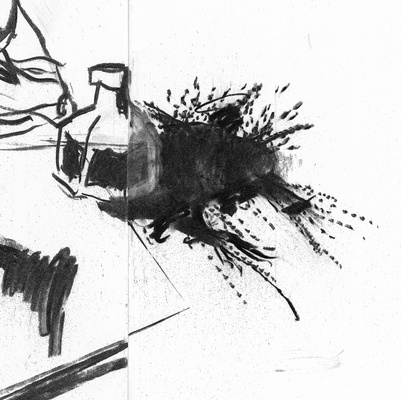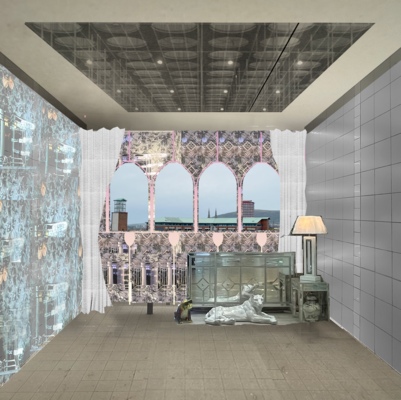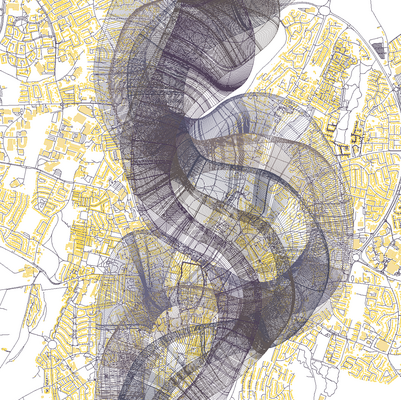The Northern Swedish inland struggles with loss of a landscape that used to be deep, dark, dangerous and untamed. Today transmission lines, wind turbines, hydro power plants, mines and plantations have taken the power over the land and trolls walk in the ruins of Swedens colonial power politics.

This project is an analysis, a pre-understanding of a place made visible through compositions.
The analysis alternate between the actual circumstances, biographical experiences and imaginary parallel worlds. All these are composed, repeated and re appearing to support the narrative. The main reason for this analyze is to give this land it’s reason to exist. This is about existence in the northern swedish inland. imaginary, and real.

Northern Sweden struggles with challenges like colonialism, polarization, centralization, exploitation and an industrialized landscape with fading magical influences.
Northern sweden is a center, or a periphery, depending how you chose to see it. The new green deal and the transition to a climate neutral 2050 makes it the center because of the coming green industrial revolution, the green steel, sustainable transporting, biofuel, renewable energy. And it's in the periphery thanks to the excavation that’s separated from the rest of the country. And therefore the rest of the country are separated from the consequences of this green deal.
Schools are shutting down, small towns fall asleep and the distance gets further and further. Kåtaviken is the village furthers away from a maternity ward, five hours and nine minutes of "please not right now, not in this car, not in this snowy landscape. Just wait a few more hours."
Just a few generations ago, and thousands of years before that, humans viewed the world as a magical place where nature was above all. Nature was sometimes humble, sometimes cruel and sometimes things were just weird and off. Things happened in the depth of the forest that couldn't be explained in another way than that it was supernatural.
To put a face to this phenomenon, people believed in skrömt, näcken, skogså, vittra, and trolls. All of them, more human than humans themself. Beautiful beings that could steal, enchant, abduct, kill animals, babies and even grown men.






full of rivers, but not inhabitants
full of history and culture
full of ore, transmission alleys
and shrinking old woodlands
a forest is no longer a forest. it’s stock, a eco park, a plantation, inside a frame
a river is no longer a river, it's a main- or sub catchment area, a reservoir, an inlet and a system.
A mountain is no longer a mountain
it’s an ore body or a windy surface to put a turbine

I’m accepting the fact that this land will be play a great part in the green industrial time ahead. That it will change. And I think the toll wants to tell us, not to forget about the threshold, the inbetween, the maybe, the other kinds of realities and the mesh of life. To work as an architect in a more caring way, picking up the unhead voices. remembering that we’re not the first ones, or the only ones to walk in this land.



































































